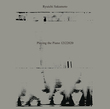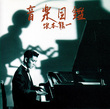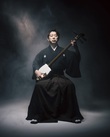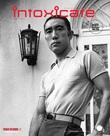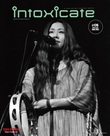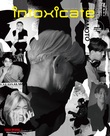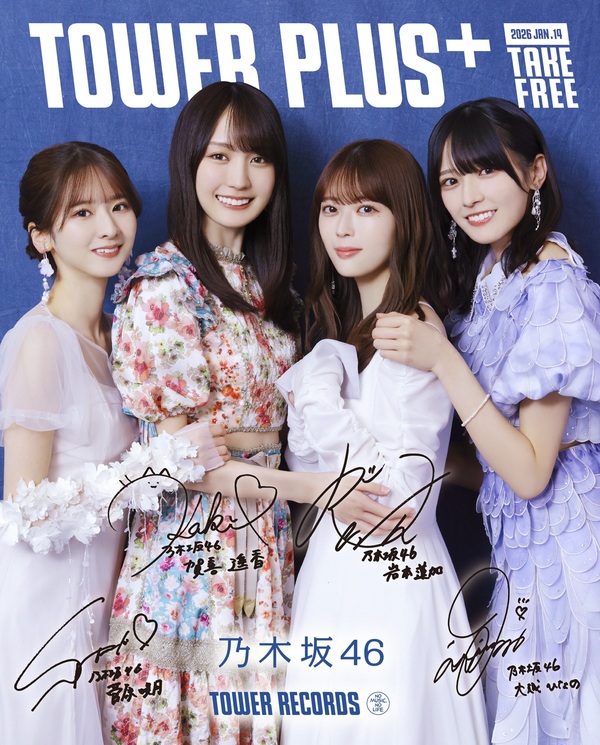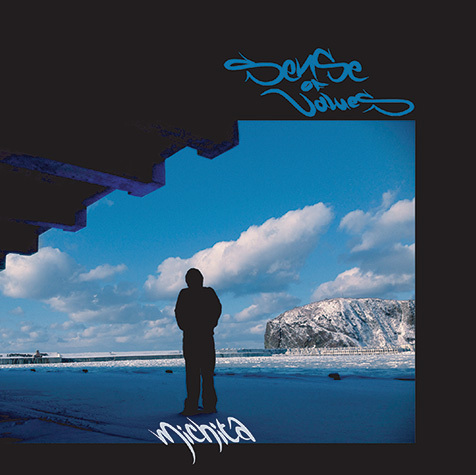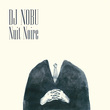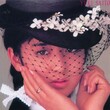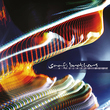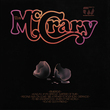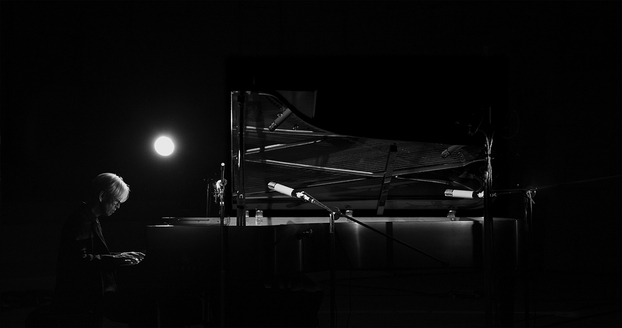
Where would he go after the last solo performance?
I was invited to the preview screening of the film Ryuichi Sakamoto | Opus, composed only with the image of Ryuichi Sakamoto’s piano solo performance of his music at 109 Cinemas Premium Shinjuku. Soon after the movie starts, walls of a recording studio as in a grayscale Mondrian (no such a picture exists!) appear on the screen. The first half of the film is designed with this lightness. This color and the lightness of the mosaic walls of the studio remind me of the dusty windows of the lofts in NY or studios at Canal Street, which ease the sunshine coming through. A task light shaped like a full moon illuminates Sakamoto for the latter half. This contrast brought to my mind the brightness and darkness documented in “frozen frames” by Jonas Mekas. But the fact is the studio is at NHK. It was the studio that Sakamoto loved so much.
He had released so many recordings of his solo piano concerts during his lifetime. However, in this film, not sunk deeply in the reverb of the hall, his piano tone with that unique quietness is framed by the subtle, fragile studio ambiance. It is not a weak or soft tone but a quiet tone that I underscore. I describe his piano tone as quiet tones (寂音 – jakuon) just because I do not imply weak tones (弱音 – jakuon) in his piano playing. It was never a weak sound (= 弱音 – jakuon or yowane = complaints) but a quiet sound (寂音 = jakuon). This reflection came to my mind when I came across a cut of “Bibo no Aozora” where he often discontinued his piano playing to reach a better variation. After so many trials, murmuring “I will try this one later...”, he quietly closed the score of this song. Though I was fed up with promotional lines saying “His last...”, by this cut, I felt saved to know his strong will to reach a better next take, and I thought I witnessed the survival of the art beyond the artist. “Later... Again” was not accomplished here, but I believe the future of his music is now in someone’s hands who watches this film.
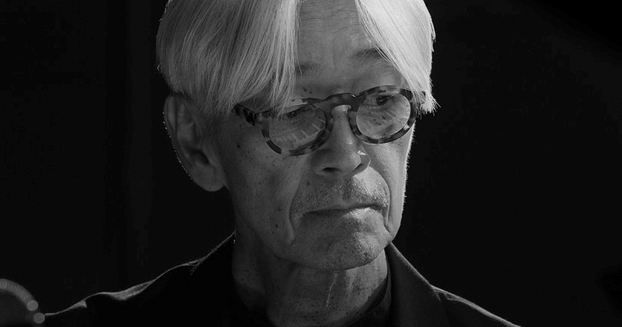
Sakamoto developed a new realm of piano music. The music composed for multiple purposes unveils another shape, untangled by his fingers in this film. When he presses the pedal, I hear the presence of sound spreading like air inside the piano of silence. When he sets back the pedal, I see sounds left in the piano vanishing into his takt. Listening in the setting of the cinema which enables you to feel these sequences that are repeated piece by piece you would be amazed to experience the simplicity of expressions, varied sounds, and richness in timbre within his piano solo music. Each piece is endowed respectively with the decision or hesitation of German, the hue of French, and the intensity of Asian music. You can hear the dialogic movements of lines that are assigned to be orchestrated later are already conceived in the melodies played by the piano and they signal the beginning of movements and their ending.
Maybe, the movie is a farewell from Sakamoto. However, I feel this is not a dead end but an open end, a form of departure. A player piano is playing “Opus - ending” behind the end-title credit and it hints at the life force of the music ongoing in the silence of the composer.
At last, his favorite phrase of Hippocrates, “Ars longa, vita brevis (art is long, life is short)”, appears and vanished in the dark. Well, it means just another concert of his was over.

